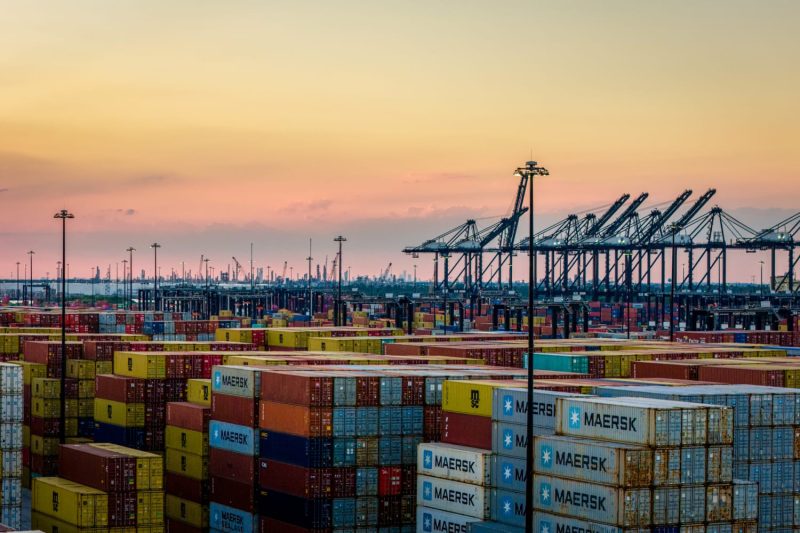The recent rise in tensions between maritime workers and port authorities has put many major East Coast ports in a precarious position. The looming threat of a potential strike by maritime workers has sent shockwaves through the industry, raising concerns about potential disruptions to supply chains and economic implications for the region.
The dispute, stemming from longstanding grievances related to wages, working conditions, and job security, has reached a boiling point as negotiations between the labor unions and port authorities falter. With no resolution in sight, the possibility of a major maritime strike looms large, threatening to disrupt the flow of goods through some of the East Coast’s busiest ports.
The impact of a potential strike would be far-reaching, affecting not only the livelihoods of the workers involved but also the businesses and communities reliant on the smooth operation of the ports. With millions of dollars’ worth of cargo passing through these ports daily, any disruption could have cascading effects on industries ranging from manufacturing and retail to agriculture and transportation.
Moreover, the timing of this potential strike could not be worse, coming at a time when the global economy is already grappling with the aftermath of the COVID-19 pandemic. Supply chains are already strained, and any further disruptions could exacerbate existing challenges, leading to delays in the delivery of essential goods and increased costs for businesses and consumers alike.
The ramifications of a maritime strike would not be limited to economic consequences alone. Environmental concerns also come to the fore, as idled ships waiting to unload cargo would contribute to increased emissions and pollution in and around the ports.
In response to the growing unrest, both the labor unions and port authorities must prioritize finding a mutually beneficial solution that addresses the concerns of all parties involved. Collaboration, compromise, and a commitment to dialogue will be crucial in averting a potential crisis that could have far-reaching implications for the region’s economy and beyond.
As the clock ticks down to the expiration of the labor agreements, stakeholders must act swiftly to prevent a full-blown maritime strike. The importance of the maritime industry to the East Coast cannot be overstated, and the repercussions of a prolonged disruption would be felt for months, if not years, to come.
In conclusion, the threat of a major maritime strike across the East Coast is a cause for concern that requires immediate attention and proactive steps to ensure that all parties can reach a resolution that safeguards the interests of workers, businesses, and communities. The stakes are high, and the time to act is now.
